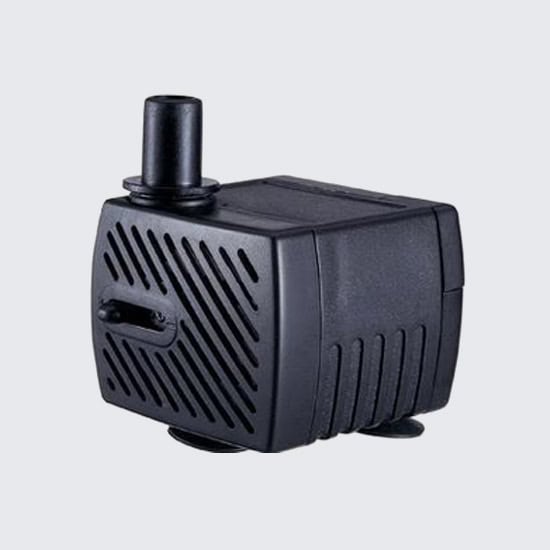Indoor water features, embraced for their capacity to turn ordinary spaces into serene havens, owe much of their enchantment to a discreet yet indispensable component – the small fountain pump. Functioning as the heartbeat of these tranquil environments, these unassuming devices bring to life the marriage of aesthetics and functionality.
Through their intricate workings, small fountain pumps circulate water, creating mesmerizing displays that enhance the ambiance of any room. Beyond their technical prowess, these unobtrusive devices contribute to a holistic experience, fostering a sense of calm and tranquility that resonates throughout indoor spaces, ultimately transforming them into inviting retreats for relaxation and rejuvenation. For a seamless indoor oasis, ensure to get a small pump for fountain that perfectly balances visual charm and efficient functionality.
Understanding Small Fountain Pumps
Basic Concepts: How Small Fountain Pumps Work
Small fountain pumps operate on simple yet ingenious principles. These devices, typically submersible, draw water from the reservoir and circulate it through the fountain, creating a continuous flow. Powered by an electric motor, these pumps bring life to the water feature, enabling a dynamic and visually appealing display.
Within the realm of small fountain pumps, a diverse array of options awaits, each tailored to meet specific needs and preferences. Submersible pumps, arguably the most common, operate underwater, discreetly tucked away to maintain the visual integrity of the water feature. External pumps, on the other hand, remain outside the water, providing ease of access for maintenance. Solar-powered pumps, a nod to sustainability, harness the sun’s energy to power the fountain, minimizing environmental impact.
Submersible pumps, renowned for their efficiency and silent operation, are ideal for smaller setups, seamlessly integrating into tabletop fountains or confined spaces. External pumps, with their accessibility, suit larger installations, offering convenience for adjustments and repairs. Solar-powered pumps, champions of eco-conscious design, liberate indoor water features from dependence on electricity, contributing to energy efficiency and reducing utility costs.
Understanding these distinctions is paramount for informed decision-making when selecting the right pump for your indoor water feature. Whether prioritizing efficiency, accessibility, or sustainability, the diverse landscape of small fountain pumps ensures there is a perfect match for every discerning enthusiast, elevating both the visual allure and functional prowess of indoor water features.
The Importance of Pump Size and Power
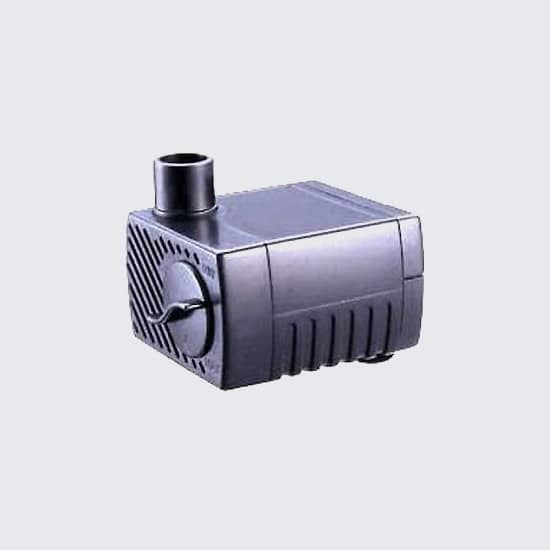
Determining the Right Size and Power
Selecting the appropriate pump size and power is crucial for optimal performance. The relationship between pump size, water volume, and spray height must be carefully considered. A pump that is too small may result in inadequate water circulation, while an oversized one can lead to excessive splashing and noise.
The Relationship Between Pump Size, Water Volume, and Spray Height
Achieving the desired visual effect hinges on striking a balance between pump size, water volume, and spray height. Understanding this relationship ensures that your indoor fountain delivers the intended aesthetic without compromising functionality. When creating a calming indoor retreat, it’s essential to get a small pump for the fountain that harmonizes with your design vision and promotes a tranquil atmosphere.
Installation Tips for Small Fountain Pumps
Tips for Ensuring Efficient Water Flow and Reducing Noise
Efficiency and tranquility go hand in hand when it comes to small fountain pumps. Tips for optimizing water flow and minimizing noise ensure that your indoor water feature not only looks beautiful but operates seamlessly without disrupting the serenity of your space.
- Proper Placement: Position the pump at the center or slightly off-center of the water reservoir to optimize circulation. This ensures an even distribution of water across the entire fountain.
- Correct Submersion: For submersible pumps, ensure the pump is fully submerged in water to prevent overheating. The water helps dissipate heat, ensuring the pump operates efficiently.
- Use of Flow Regulators: Incorporate flow regulators or adjustable valves to control water flow. This allows you to customize the water display while maintaining efficiency and preventing excessive splashing.
- Regular Cleaning: Maintain a routine cleaning schedule to prevent debris accumulation. Clean the intake and impeller regularly to ensure unobstructed water flow, promoting optimal pump performance.
- Vibration Isolation: Place the pump on a soft, vibration-absorbing material, such as a rubber mat. This minimizes vibrations and reduces noise, creating a more serene environment.
- Check for Air Entrapment: Ensure there are no air pockets in the tubing or pump housing, as these can disrupt water flow and cause noise. Bleed out any trapped air during the installation process.
- Select the Right Tubing: Use appropriately sized tubing that matches the pump’s capacity. Too narrow or wide tubing can affect water flow, potentially causing inefficiency and noise.
- Consider a Fountain Reservoir Cover: Implementing a cover for the water reservoir minimizes water evaporation and reduces noise caused by water splashing. It also helps maintain a cleaner environment around the fountain.
Designing Your Indoor Water Feature with a Small Pump
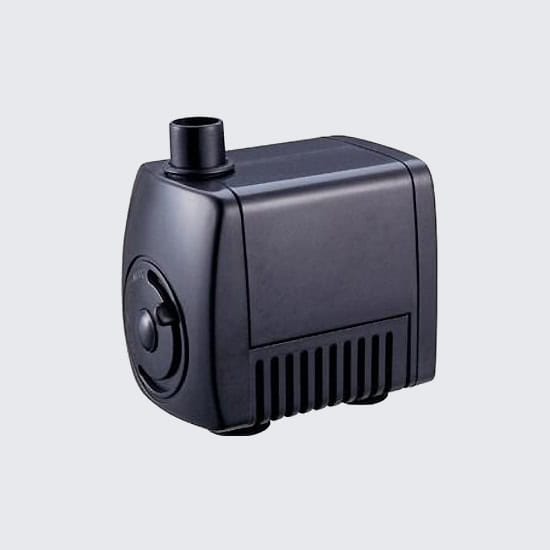
Incorporating Small Pumps in Various Designs
The versatility of small pumps extends beyond their functional capabilities to their seamless integration into various indoor fountain designs. For tabletop fountains, these unobtrusive pumps can be discreetly positioned beneath decorative stones or within the fountain structure, allowing water to cascade gracefully. In wall-mounted features, small pumps can be strategically concealed behind panels or within the fountain structure itself, contributing to a sleek and minimalist aesthetic.
Their compact size and efficient operation make small pumps adaptable to diverse design concepts, whether you envision a contemporary, traditional, or natural theme for your indoor water feature. Embracing these design possibilities ensures that the small pump becomes a silent yet impactful orchestrator, breathing life into your chosen fountain design and enhancing the visual appeal of your indoor space.
Enhancing Visual Appeal with the Right Pump
- Art of Selection: Choosing the right pump for your indoor water feature is an art that significantly impacts its visual allure.
- Influence on Design Elements: The selected pump directly influences key design elements, including water patterns, spray height, and lighting effects.
- Tailoring Ambiance: Different pumps provide various water patterns, allowing you to customize the ambiance, from serene cascades to dynamic jets, aligning with your preferences.
- Power Adjustment: The pump’s power is a crucial factor in determining spray height, enabling you to create either dramatic displays or subtle, calming water movements.
- Integrated Lighting Effects: Opt for pumps with built-in LEDs or those compatible with external lights to add mesmerizing lighting effects, enhancing the overall visual impact of your indoor water feature.
- Personalized Creativity: The right pump, aligned with your aesthetic vision, transforms your indoor water feature into a captivating centerpiece that reflects your unique style and unleashes your creative flair.
Maintenance and Care for Your Small Fountain Pump
Routine Maintenance Tasks
Regular maintenance is imperative for the longevity of your small fountain pump. Routine tasks such as cleaning the pump, removing debris, and inspecting connections prevent wear and tear. By fostering a proactive approach to upkeep, you ensure optimal performance and reliability, extending the lifespan of this crucial component in your indoor water feature.
Troubleshooting Common Issues
- Routine Checks: Regularly inspect the pump for signs of wear, debris, or clogs.
- Unusual Sounds: Address abnormal noises promptly, as they may indicate issues with the impeller or motor.
- Water Flow Issues: Investigate and clear any blockages affecting the water flow within the pump or tubing.
- Leaks or Moisture: Check for leaks or excess moisture around the pump housing, addressing seal or connection issues.
- Power Supply: Ensure a stable power source and troubleshoot electrical problems to prevent pump malfunctions.
The Environmental Benefits of Using Small Pumps
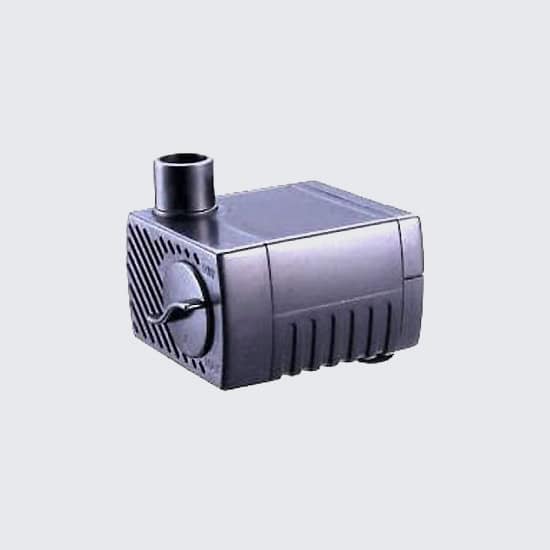
Discussion on Energy Efficiency and Water Conservation
Beyond their aesthetic contributions, small pumps play a role in promoting environmental sustainability.
Creating a sustainable indoor environment involves conscious choices in every aspect of design. The environmental benefits of small pumps align with a commitment to minimizing the ecological footprint of indoor water features, making them an eco-friendly choice for conscientious homeowners.
Enhancing Indoor Air Quality and Humidity
The Role of Indoor Fountains and Small Pumps
Indoor fountains, driven by small pumps, transcend aesthetics by actively enhancing indoor environments. Through continuous water circulation, they release negative ions, purifying the air by reducing dust and allergens. Additionally, the gentle water vapor emitted helps regulate humidity levels, creating a healthier and more comfortable indoor atmosphere.
Indoor pumps for fountains contribute to the beauty and functionality of indoor water features by ensuring continuous water flow, ease of installation, longevity, quiet operation, and low energy consumption.
The Therapeutic Effects of Indoor Fountains
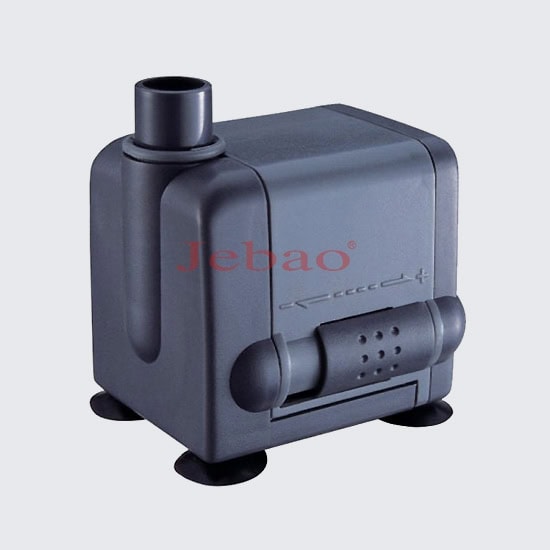
Exploring Calming and Stress-Relieving Benefits
The soothing presence of indoor water features extends beyond aesthetics.
- Stress Alleviation: The gentle sound and sight of flowing water induce a calming effect, mitigating stress and promoting mental relaxation.
- Enhanced Relaxation: The rhythmic flow fosters a serene ambiance, creating an oasis of tranquility that encourages a deeper sense of relaxation.
- Overall Well-being: Beyond aesthetics, small fountains contribute to holistic well-being, offering a therapeutic sanctuary that positively influences emotional and mental states.
Conclusion
In conclusion, the humble small fountain pump emerges as a crucial element in creating a serene and inviting indoor space. From understanding their basic mechanics to designing visually stunning water features, this guide has covered the spectrum of considerations for incorporating small pumps into your home. As you embark on the journey of selecting the right pump for your indoor fountain, remember that it’s not just about functionality—it’s about curating an oasis that resonates with your personal style and fosters a sense of calm and tranquility in your living space. If you want a small pump for the fountain, explore our website.
Frequently Asked Questions
How do I choose the right size pump for my indoor fountain?
Selecting the right pump involves considering the water volume and desired spray height. A pump that is too small may result in inadequate circulation, while an oversized one can lead to excessive splashing. Aim for a balance to achieve optimal visual appeal and functionality.
Can I use a small fountain pump for a large indoor water feature?
It’s crucial to match pump size to the water feature’s dimensions. Using a small pump for a large feature may result in insufficient water circulation and an underwhelming visual effect. Choose a pump that aligns with the scale of your indoor water feature.
How often should I clean and maintain my small fountain pump?
Regular maintenance is essential for the longevity of your pump. Cleaning every 2-4 weeks, inspecting for debris, and ensuring proper connections will prevent issues. Additionally, consider a more thorough cleaning every few months to keep your small fountain pump in optimal condition.
Are small fountain pumps energy-efficient?
Yes, small fountain pumps are generally energy-efficient. Many models are designed with energy-saving features, such as variable speed settings and low-wattage motors. Choosing a pump with these features ensures minimal impact on your electricity consumption while maintaining the tranquil ambiance of your indoor water feature.
Can a small fountain pump contribute to better indoor air quality?
Absolutely. Indoor fountains, powered by small pumps, contribute to improved air quality. The circulation and aeration of water release negative ions, reducing dust and allergens. The gentle sound of flowing water also adds a calming ambiance, promoting a healthier and more pleasant indoor environment.


